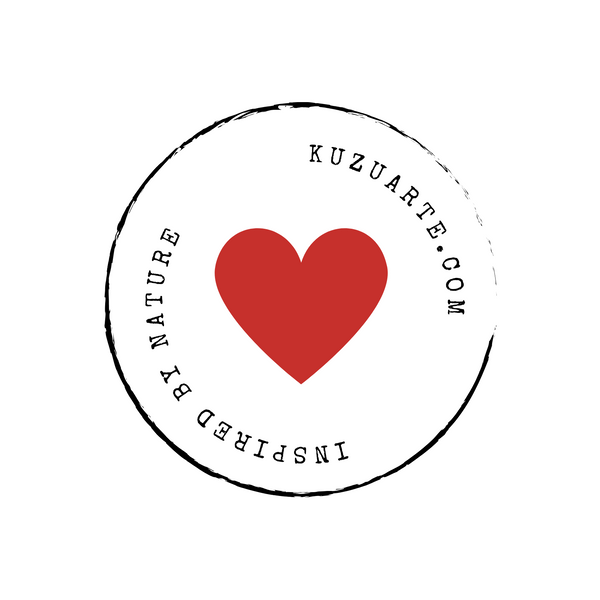
Have you ever wondered what it takes to make handmade ceramics from scratch? As a full-time potter and an artist, let me just tell you there is a lot of care and effort that goes into creating each piece of pottery from coming up with each unique design to executing it down to the last detail.
Each piece that goes through my hands and finally lands in my online shop is a labour of love, passion, and sweat it’s a process that can take days, even weeks to complete. Let me tell you about the process and walk you through what goes into each pottery piece from start to finish.

STEP ONE: GETTING THE IDEA
Every beautiful piece that I create, starts with a good idea I’m mostly inspired by nature, bees, and wild meadows. Sometimes the inspiration comes when I’m least expecting it, while other times I mull over an idea for weeks before the design takes its shape.

STEP TWO: BUILD
Now it’s time to create the general product shape. I start with wet clay( pottery mass), a product used by many potters to produce their work. The clay usually comes in 10kg bags from a pottery supplier. The clay that I use in Germany is locally sourced (sibelco) but I also use polish clay that I especially bring from my home country, the clay itself can be a variation of different ingredients and combinations of rocks and minerals. After it has been made, the clay must be kept wrapped in plastic to keep it in a usable state. It all depends on what we use it for and at what temperature we want it to be fired.
Wet clay can be used to make an infinite array of pieces using many different techniques. It can be used to throw pots on the wheel, roll out flat slabs, pull handles, hand-build sculptures, or make clay shapes cut out with cookie cutters.
In my home studio on the outskirts of Munich, I mainly construct my pieces one of two ways: slabs building or coils.
STEP THREE: FINISH
Now that the piece is essentially constructed we need to wait 1-3 days until the clay is leather-hard, a term meaning that the clay has dried slightly but is not yet fully dry. Leather-hard is a useful clay state because the clay is strong but still wet enough to give it the last touches. Aldo at this point you can decorate. One of the techniques I use at this point is carving in clay.
At this point, the pieces now have their final shapes!
STEP FOUR: SANDING
Pots thrown on the wheel are now strong enough to be trimmed on the wheel again. Since I don’t do much throwing on the wheel. I mostly just scrape my bowls and plates to give them a nice and delicate touch. Smooth all the edges
STEP FIVE: FIRE
It’s time to carefully load the ceramics into the kiln. Loading a kiln is kind of like a puzzle and truly an art in itself. Here, we can stack and space items accordingly to help influence their final shapes. The high temperature in the kiln will permanently change the chemical and physical nature of the clay. This first firing is called the bisque firing, at a temperature of 950° a process which takes about 2 days.
Once the kiln cools down we can open it and unload. We now have Bisqueware. (‘Bisque’ refers to clay which has been fired once.)

STEP SIX: GLAZE
It’s time to glaze or coat the ceramic pieces. Clay at this stage, though hard, is still porous enough to absorb the coating.
Glaze can be applied to pottery in a few different ways: pieces can be dipped into a glaze, a glaze can be brushed on, or it can be poured over the bisque pot.
Water is absorbed into the clay making the glaze stick to the surface of the pot.
The glazing process typically takes a whole day and at a homemade giftshop, O prefer brushing on our glaze in 2 luxurious coats. Then we wipe the bottoms so they are free of glaze before sending them back to the kiln for another round of firing.
STEP SEVEN: FIRE AGAIN
We load the kiln again this time being careful NOT to stack or have any pieces touching each other. If they do, when the glaze melts the pieces will be fused.
After a second firing, the clay and glaze have fused making a non-porous surface. Hopefully, the firing has resulted in an evenly melted glaze which has not run too much (sticking the pot to the kiln shelf.)
This is often the final, finished stage. Ideally, there should be no glaze faults such as ‘crazing’ when the glaze cracks or ‘shivering’ when the glaze flakes and peels away from the clay. Just a glassy or mat finish depending on the glaze we use, just a smooth finish! This second firing load takes about 1 1/2 days to finish in the kiln
STEP EIGHT: FINAL TOUCHES
Here we are I did it! We have a beautifully finished, piece! I add the final touches by carefully sanding the bottom of the piece so it is smooth to the touch and won’t scratch your tabletop!
The pieces are now ready to be stored until it’s time to pack them up and ship them off to their new homes.
Making handmade ceramics is not a quick or easy process, but it’s well worth the effort. The entire pottery process takes roughly two and a half weeks from start to finish. Each piece is made with so much love and care and passion, something I hope my customers see and experience when using the pieces in their homes.

What did you think of this behind-the-scenes look? I’d love to hear your thoughts in the comments below!

